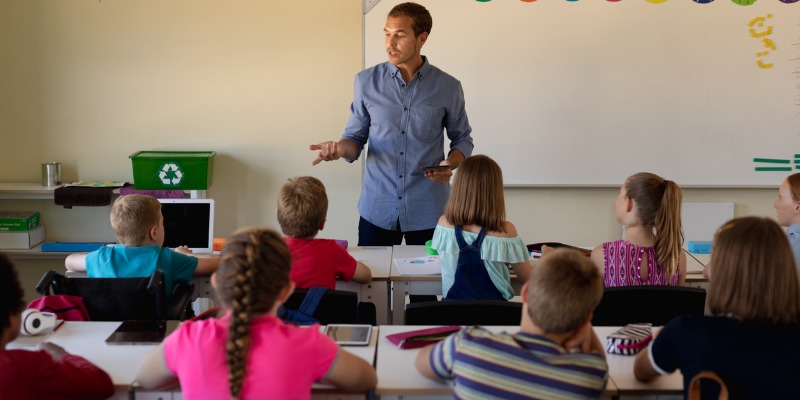Ontario school spending up, Ontario student results down

With a new school year underway under still-evolving protocols, a new study I co-authored with colleagues Joel Emes and Nathaniel Li shows one thing has remained constant - though parents in Ontario are spending more on public schools their kids are achieving less.
Between 2014-15 and 2018-19, the most recent year for which data are available and the last pre-COVID year, total spending on Ontario public schools rose 13 per cent, from $26.8 billion to $30.2 billion. Over the same period, student enrolment only grew by 1.9 per cent.
As a result, per-student spending grew 11 per cent, from $13,357 to $14,821. Part of that was due to inflation, but after adjusting for changing prices, real per-student spending rose 2.8 per cent, exceeding the national average.
Given all this new spending, how are Ontario public schools performing? According to PISA exams - an international assessment measuring the academic performance of 15-year-olds - Ontario's average math, science and reading scores declined from 2003 and 2018, the last year for which results are available. In math, Ontario students fell below the Canadian average every year but one.
Canadian results on the Trends in International Mathematics and Science Study (TIMSS) assessments, which only analyze Ontario, Alberta and Quebec, mirrored the PISA results, with only Quebec improving while Alberta and Ontario's scores declined or remained relatively flat.
Finally, the Pan-Canadian Assessment Program (PCAP), our only national achievement measure, shows rising math scores from 2010 to 2016 in every province except Ontario and Saskatchewan. PCAP measures whether students have reached Canadian curriculum expectations, rather than their overall mathematical proficiency, which is the focus of the more widely recognized international assessments. But in Ontario's case, it's yet another indicator of decline.
Simply put, Ontario families are spending more on public schools but Ontario students aren't getting a good return on that investment.
The main driver of the spending increases is compensation, including teacher salaries, benefits, pensions and other costs. Compensation accounted for 70.3 per cent of the growth in spending on public schools in Ontario over this five-year period - an increase of $2.5 billion in nominal dollars. In 2018/19, nearly $23 billion was spent on compensation.
Some groups push the narrative that Ontario public school spending has been cut, but in reality spending on public schools has increased - despite mediocre educational results for kids.
Ontario parents can decide for themselves whether they're getting value for money in the public school system. But they have virtually no control over which school their child will attend unless they can afford to pay the full freight of sending them to an independent school. Unlike every other province west of New Brunswick, Ontario provides no support to parents choosing independent schools.
Spending more on public schools for better educational results to brighten our children's future is one thing. But spending more and getting less should be unacceptable to everyone.

